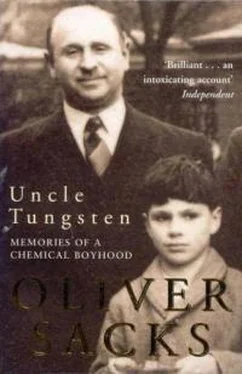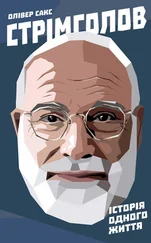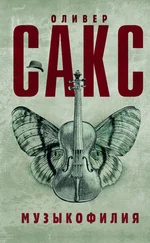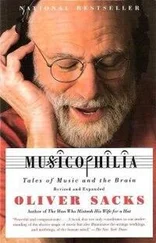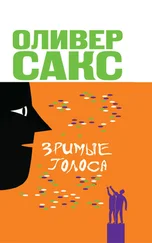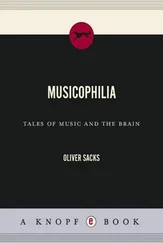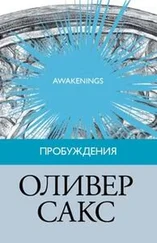There were a variety of such musical images and metaphors at the time, all concerned with the ratios, the harmonics, which seemed to lurk in the spectra, and the possibility of expressing them in a formula. The nature of these ‘harmonics’ remained unclear until 1885, when Balmer was able to find a formula relating the position of the four lines in the visible spectrum of hydrogen, a formula that enabled him to predict correctly the existence and position of further lines in the ultraviolet and infrared. Balmer, too, thought in musical terms, and wondered whether it might be ‘possible to interpret the vibrations of the individual spectral lines as overtones of, so to say, one specific keynote.’ That Balmer was on to something of fundamental importance, and not some numerological mumbo jumbo, was immediately recognized, but the implications of his formula were wholly enigmatic – as enigmatic as Kirchhoff’s discovery that the emission and absorption lines of elements were the same.
My many uncles and aunts and cousins served as a sort of archive or reference library, and I would be referred to different ones for specific problems: most often to Auntie Len, my botanical aunt, who had played such a lifesaving role in the grim days of Braefield, or Uncle Dave, my chemical and mineralogical uncle, but there was also Uncle Abe, my physics uncle, who had started me on spectroscopy. Uncle Abe was consulted rather rarely at first, because he was one of the senior uncles, six years Uncle Dave’s senior and fifteen years my mother’s. He was regarded as the most brilliant of his father’s eighteen children. He was intellectually formidable, although his knowledge had come through a sort of osmosis, not formal training. Like Dave, he had grown up with a taste for physical science, and like Dave, he had gone geologizing to South Africa as a young man.
The great discoveries of X-rays, radioactivity, the electron, and quantum theory had all occurred in his formative years and were to remain central interests for the rest of his life; he had a passion for astronomy and for number theory as well. But he was also perfectly capable of turning his mind to practical and commercial ends too. He played a part in developing Marmite, the widely used vitamin-rich yeast extract developed early in the century (my mother adored this; I hated it), and, in the Second World War, when normal soap was difficult to get, he helped develop an effective fat-free soap.
Though Abe and Dave were alike in some ways (both had the broad Landau face, with wide-set eyes, and the unmistakable, resonant Landau voice – characteristics still marked in the great-great-grandchildren of my grandfather), they were very different in others. Dave was tall and strong, with a military posture (he had served in the Great War and in the Boer War before that), always carefully dressed. He would wear a wing collar and highly polished shoes even when he worked at his lab bench. Abe was smaller, somewhat gnarled and bent (in the years that I knew him), brown and grizzled, like an old shikari, with a hoarse voice and chronic cough; he cared little what he wore, and usually had on a sort of rumpled lab smock.
The two were associated formally as codirectors of Tungstalite, though Abe left the business end to Dave and spent all his time in research. It was he who developed a safe and effective way of ‘pearling’ lightbulbs with hydrofluoric acid in the early 1920 s– he had designed the machines to do this in the Hoxton factory. He also worked on the use of ‘getters’ in vacuum tubes – highly reactive, oxygen-hungry metals like cesium and barium which could remove the last traces of air from a tube – and, earlier, he had patented the use of Hertzite, his synthetic crystal, for crystal radios.
He had developed and patented a luminous paint, and this was used in military gunsights in the First World War (it may have been decisive, he told me, in the Battle of Jutland). His paints were also used to illuminate the dials of Ingersoll watches and clocks. He had, like Uncle Dave, big, capable hands, but where Uncle Dave’s were seamed with tungsten, Uncle Abe’s were covered with radium burns and malignant warts from his long, careless handling of radioactive materials.
Both Uncle Dave and Uncle Abe were intensely interested in light and lighting, as was their father; but with Dave it was ‘hot’ light, and with Abe ‘cold’ light. Uncle Dave had drawn me into the history of incandescence, of the rare earths and metallic filaments which glowed and incandesced brilliantly when heated. He had inducted me into the energetics of chemical reactions – how heat was absorbed or emitted during the course of these; heat that sometimes became visible as fire and flame.
Through Uncle Abe, I was drawn into the history of ‘cold’ light – luminescence – which started perhaps before there was any language to record things, with observations of fireflies and glowworms and phosphorescent seas; of will-o’ – the-wisps, those strange, wandering, faint globes of light that would, in legend, lure travelers to their doom. And of Saint Elmo’s fire, the eerie luminous discharges that could stream in stormy weather from a ship’s masts, giving its sailors a feeling of bewitchment. There were the auroras, the Northern and Southern Lights, with their curtains of color shimmering high in the sky. A sense of the uncanny, the mysterious, seemed to inhere in these phenomena of cold light – as opposed to the comforting familiarity of fire and warm light.
* * *
There was even an element, phosphorus, which glowed spontaneously. Phosphorus attracted me strangely, dangerously, because of its luminosity – I would sometimes slip down to my lab at night to experiment with it. As soon as I had my fume cupboard set up, I put a piece of white phosphorus in water and boiled it, dimming the lights so that I could see the steam coming out of the flask, glowing a soft greenish blue. Another, rather beautiful experiment was boiling phosphorus with caustic potash in a retort – I was remarkably nonchalant about boiling up such virulent substances – and this produced phosphoretted hydrogen (the old term), or phosphine. As the bubbles of phosphine escaped, they took fire spontaneously, forming beautiful rings of white smoke.
I could ignite phosphorus in a bell jar (using a magnifying glass), and the jar would fill with a ‘snow’ of phosphorus pentoxide. If one did this over water, the pentoxide would hiss, like red-hot iron, as it hit the water and dissolved, making phosphoric acid. Or by heating white phosphorus, I could transform it into its allotrope, red phosphorus, the phosphorus of matchboxes. [52]I had learned as a small child that diamond and graphite were different forms, allotropes, of the same element. Now, in the lab, I could effect some of these changes for myself, turning white phosphorus into red phosphorus, and then (by condensing its vapor) back again. These transformations made me feel like a magician. [53]
But it was especially the luminosity of phosphorus that drew me again and again. One could easily dissolve some of it in clove oil or cinnamon oil, or in alcohol (as Boyle had done) – this not only overcame its garlicky smell, but allowed one to experiment with its luminosity safely, for such a solution might contain only one part of phosphorus in a million, and yet still glow. One could rub a bit of this solution on one’s face or hands, and they would glow, ghostlike, in the dark. This glow was not uniform, but seemed (as Boyle had put it) ‘to tremble much, and sometimes… to blaze out with sudden flashes.’
* * *
Hennig Brandt of Hamburg had been the first to obtain this marvelous element, in 1669. He distilled it from urine (apparently with some alchemical ambition in mind), and he adored the strange, luminous substance he had isolated, and called it cold fire ( kaltes Feuer ), or, in a more affectionate mood, mein Feuer .
Читать дальше
